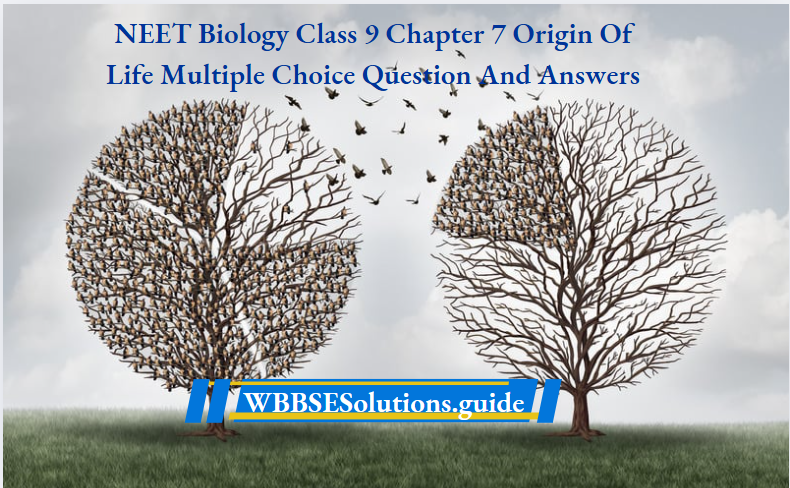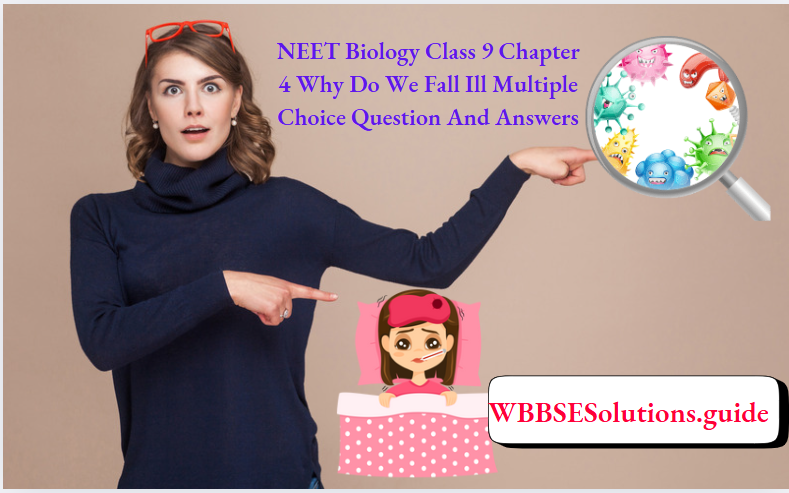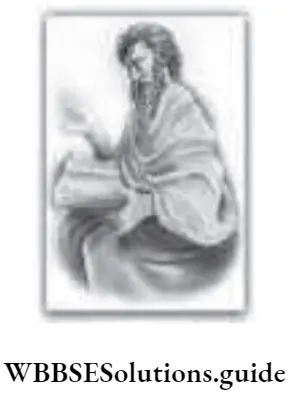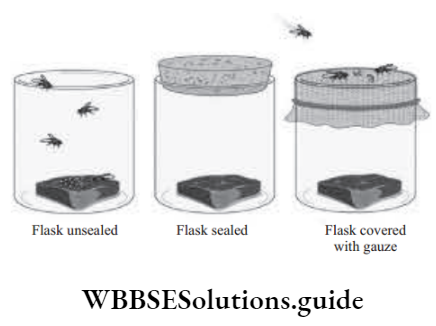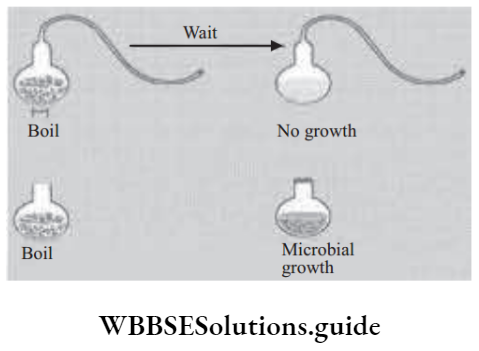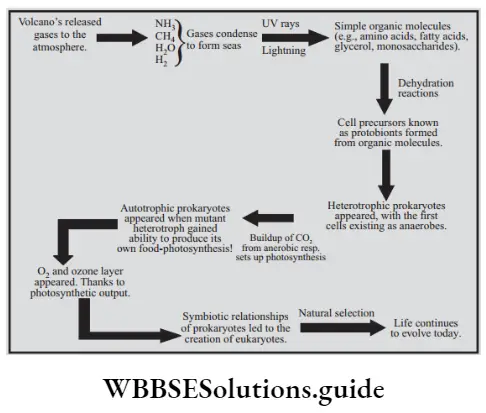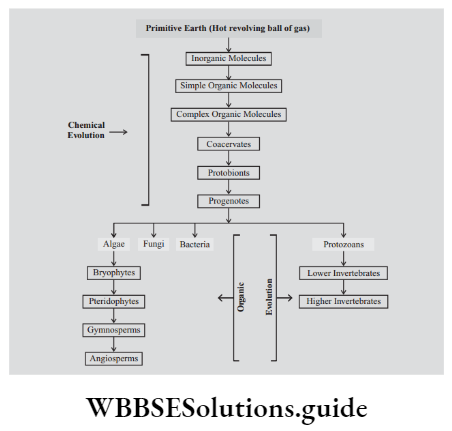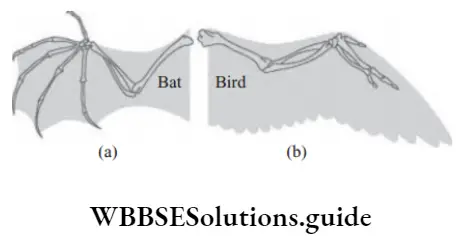The Fundamental Unit of Life Very Short Answer Questions
Directions: Give an answer in one word or one sentence.
Question 1. Write the names of the following organelles –
1. Power house of the cell
Answer:
Mitochondria
2. Digestive bag of the cell
Answer:
Lysosome
3. Protein factory of cell
Answer:
Ribosome
Read And Learn More: NEET Class 9 Biology Very Short Answer Question And Answers
4. Head quarter of cell
Answer:
Nucleus
Important questions from The Fundamental Unit of Life for NEET
Question 2. Defie cristae?
Answer:
Cristae are the infoldings of inner mitochondrial membrane which contains oxysomes. They are the sites containing respiratory enzymes.
Question 3. Which cell type probably evolved fist?
Answer:
Prokaryotic cell.
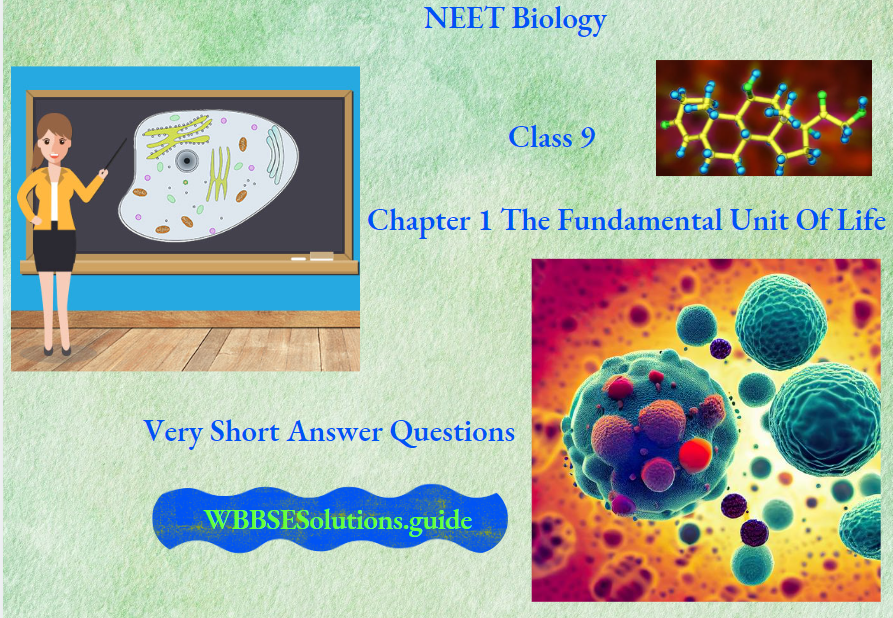
class 9 science chapter 5 short question answer
Question 4. What is the primary function of the plasma membrane?
Answer:
It regulates the movement of ions and molecules into and out of the cell.
The Fundamental Unit of Life Class 9 NCERT solutions
Question 5. Why does water diffuse out of a cell if it is placed in a hypertonic Answer:
The water concentration is more inside the cell than outside the cell hence, and water diffuses down a concentration gradient.
Question 6. What are the structural differences between a prokaryotic cell and a normal eukaryotic cell?
Answer:
Eukaryotic cell contains a true nucleus and various types of membrane-bound organelles whereas prokaryotic cells do not contain these structures.
Question 7. What will happen if all the mitochondria of a cell are destroyed?
Answer:
The cell will die because mitochondria are the sites of respiration and contain various respiratory enzymes.
Question 8. What do you mean by “semi-autonomous genomes system”? In which organelle is it present?
Answer:
The system where there is a presence of replicable DNA molecule constitutes semiautonomous cell system as they themselves can divide and form a new individual of similar type.
Difference between plant and animal cells NEET
Question 9. Name the process by which a cell engulfs its food?
Answer:
Cell engulfs its food by endocytosis.
Question 10. What is the function of ribosomes?
Answer:
Ribosomes help in protein synthesis in the cell.
Question 11. Which type of microscope would you use to study –
1. The changes in shape of a living human white blood cell.
Answer:
Light microscope
2. The first details ofsurface texture ofa human hair.
Answer:
Scanning electron microscope
3. The detailed structure of an organelle in the cytoplasm of a human liver cell.
Answer:
Transmission electron microscope
Question 12. How is the nucleoid region of a prokaryotic cell unlike the nucleus of a eukaryotic cell?
Answer:
There is no membrane enclosing the DNA of the nucleoid region.
“extra questions class 9 science “
Question 13. Why do phospholipids tend to organize into a bilayer in an aqueous environment?
Answer:
This structure shields the hydrophobic tails of the phospholipids from water while exposing the hydrophilic heads to water
Question 14. What is the energy source for active transport
Answer:
ATP
Question 15. Schleiden, Schwann, and Virchow all contributed to the development of the Cell Theory in the nineteenth century. Formulate two statements that comprise the cell theory of the nineteenth century.
Answer:
- Cells are the structural and functional units of organisms.
- All cells come from pre-existing cells.
Plasma membrane and its functions NEET
Question 16. What three features of plant cells distinguish them from animal cells?
Answer:
In contrast to animal cells, plant cells have vacuoles, cell walls, and plastids.
Question 17. Endoplasmic reticulum helps in membrane biogenesis. Explain how?
Answer:
SER helps in synthesis of phospholipids and RER synthesises proteins both of these are membrane forming materials but they are packed inside the golgi body.
Question 18. Give two examples of prokaryotic cell.
Answer:
Bacteria and blue green algae.
Question 19. What is the main function of each of the following organelles?
1. Ribosome
Answer:
Ribosome is the site of protein synthesis.
2. Cell wall
Answer:
Cell wall provides shape, rigidity and protection to the cell.
Question 20. Name the cell organelle in which following structures are present
1. Cristae
Answer:
Mitochondria
Cell organelles and their functions NEET
2. Stroma
Answer:
Plastid (chloroplast)
3. Centriole
Answer:
Centrosome
4. Chromosome
Answer:
Nucleus.
Question 21. What is the main function of each of the following organelles?
1. Golgi bodies
Answer:
Golgi bodies help in the formation of cell plate (during cell division) and synthesis of lysomes.
2. Vacuole
Answer:
Vacuoles are involved in the maintenance of water balance.
Question 22. Name two cells organelles, which contain their own genetic material.
Answer:
Mitochondria and plastids.
Question 23. Is the plant cell wall living or dead?
Answer:
The cell wall is dead.
Question 24. What is the common name of mitochondria?
Answer:
Mitochondria are commonly known as power house of the cellls.
Question 25. Name the following:
1. Suicide bag of the cell.
Answer:
Lysosome
2. Kitchen of a cell.
Answer:
Chloroplast
Osmosis and diffusion in cells NEET notes
Question 26. Name the scientist who fist studied living cell.
Answer:
Living cells were fist studied by A.V. Leeuwenhoek (1674).
“the fundamental unit of life question answer “
Question 27. How many cells are present in human body?
Answer:
100 trillion cells.
Question 28. Name the book in which Robert Hooke published his work.
Answer:
Robert Hooke published his work in ‘Micrographia’ (1665).
Question 29. Name the smallest and the largest cell.
Answer:
The smallest cell is Mycoplasma (PPLO) and the largest cell is Ostrich egg.
Question 30. Name the structure from which all multicellular organisms develop.
Answer:
Zygote.
Question 31. Defie cell.
Answer:
Cell is the structural and functional unit of life.
Question 32. What is protoplasm?
Answer:
Protoplasm or living matter is a complex semiflid mass of various biochemicals that are often compartmentalised to perform different functions of life.
Question 33. What is semipermeable membrane?
Answer:
Semipermeable membrane is a membrane which is permeable to solvent but prevents the passage of all solutes through it, but selectively permit.
Question 34. Name the biochemicals present in cell membrane.
Answer:
Lipid (phospholipids), proteins and small quantity of carbohydrates.
Question 35. What do you mean by selectively permeable membrane?
Answer:
Selectively permeable membrane is the one which allows entry of certain substances, exit of some substances but prevents the passage of other substances.
Question 36. Define diffusion.
Answer:
The process of movement of a substance (solid, liquid or gas) from the region of higher concentration to the region of lower concentration so as to spread uniformly is called diffusion
Question 37. What would happen if plasma membrane ruptures?
Answer:
It generally heals within time but if rupturing does not heal, the cell contents will spill over and the cell is killed.
Question 38. What is osmotic Solution?
Answer:
Osmotic Solution is the one which can cause osmosis if separated from its solvent by a semipermeable membrane.
Question 39. Defie endosmosis.
Answer:
Endosmosis is the osmotic entry of water into a cell or system due to presence of hypotonic Answer: of the outside.
Prokaryotic and eukaryotic cells NEET questions
Question 40. What is main function of plasma membrane?
Answer:
The main function of plasma membrane is to insulate the internal environment of the cell from external environment.
Question 41. What is exosmosis?
Answer:
Exosmosis is the osmotic exit of water from a cell or system due to presence of hypertonic Answer: on the outside.
Question 42. Define:
Answer:
Hypertonic Solution:
Hypertonic Solution is the one which has higher solute osmotic concentration and less solvent concentration as compared to another Solution
Hypotonic Solution:
Hypotonic Solution is the Solution that possesses lower (osmotic) concentration and higher solvent concentration as compared to another Solution
Isotonic Solution:
Isotonic Solution is the Solution that has the same concentration, solute (osmotic) as well as solvent, as that of another Solution
Question 43. What is the energy currency in mitochondria?
Answer:
ATP-Adenosine Triphosphate.
Question 44. Name the cell-organelle that helps in packaging?
Answer:
Golgi apparatus.
Question 45. Name the cell-organelle which helps in the transportating of material.
Answer:
Endoplasmic reticulum.
Question 46. Why does mitochondria have largely folded inner membrane?
Answer:
Mitochandria are the sites for cellular respiration and provides energy to the cell. The largely folded inner membrane provides the increase in surface area for ATP-to generate chemical reactions.
Question 47. What are cisterns?
Answer:
The golgi bodies consist of a system of membrane-bound vesicles arranged in stacks called cisterns


